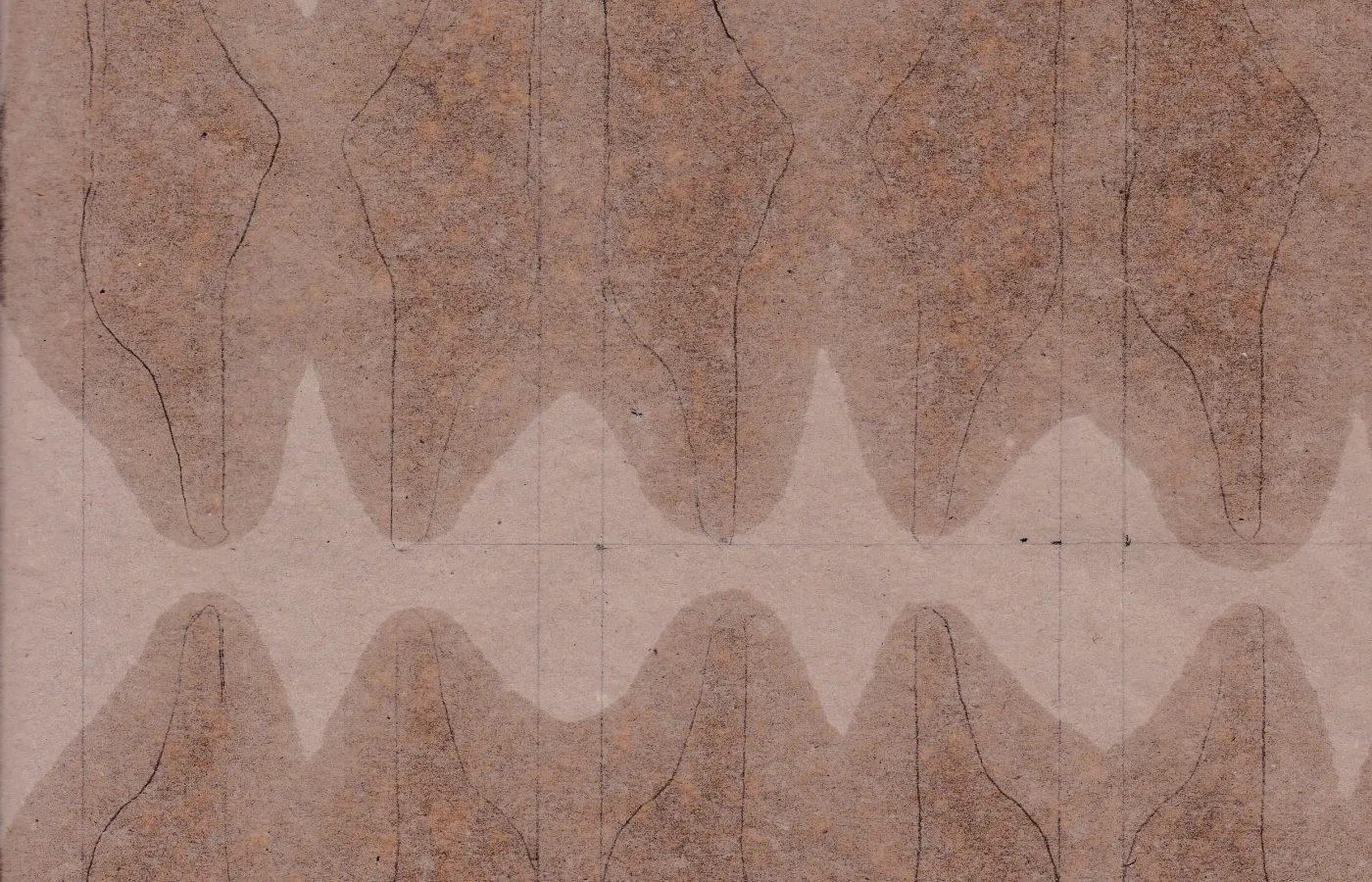Matadero Madrid center for contemporary creation
Marta van Tartwijk
From a static position one might say that there are things in movement and things that are still. Just by feeling the world, one can easily reach the conclusion that certain things that one encounters are resistant to change, that some are permanent and others are hard to pin down; as soon as you notice them, they are no longer there. The history of optics and the technology associated with seeing is littered with stories that have changed our idea of the world. Isaac Newton tells us how he used his right eye in one of this first optical experiments. Closing his left eye, he looked straight at the sun for a specific length of time. Then, sitting in the dark in his room, he analysed the effects of the afterimage that followed his eye wherever he looked. Muybridge succeeded in capturing that unseen movement that the eye cannot perceive. Jean Epstein believed that the cinematograph embodied the myth of the devil, as it was able to record and reproduce movement where the eye was not naturally able to perceive it.
The phenomenology of seeing and perceiving images is produced in the physicality of being traversed by light. Simple phenomenon such as the positional variation of forms on the same plane, the displacement around a form, sequencing or repetition, translucency, are methodological tools typically used in an archaic cinema that combine still and moving images. At the fold between cinema, drawing and sculpture, at the encounter between form and light, is where I intend to situate my research in order to develop a series of pieces over the course of my residency that explore the phenomenology of vision and movement
Marta van Tartwijk graduated in Fine Arts from the Complutense University of Madrid and then completed her training at the École supérieure d’art de Bretagne (France), and at the University of Barcelona.
Among other awards she obtained the 2014 Award for Creation granted by the Sala d’Art Jove, the INJUVE Creation Award (2017), and the Plastic Arts Circuits Award (2020). She was a finalist in Getxoarte (2018) and in the Miquel Casablancas Award (2020). Her work has been shown in several institutions such as Teatro Pradillo (2016), Sala Amadís (2017), TEA (2018), Romokultur Etxea (2018), Sant Andreu Contemporani (2019), Fabra i Coats (2020), Sala de Arte Joven (2020). She received the Production Grant of the Community of Madrid (2018) and the BilbaoArte Residency Grant (2019). In the field of research, she combined her artistic practice with working at the CA2M archive and library between 2015 and 2020.

